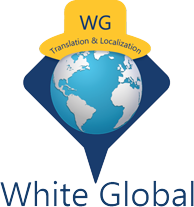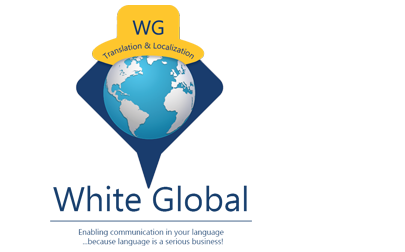
INTERPRETING SERVICES
We provide the highest quality interpreting services for all situations, from a private legal or medical consultation to official conference interpreting assignments. Experienced and qualified interpreters assist you to communicate in any language by Simultaneous Interpreting, Consecutive Interpreting, Telephone Interpreting and Sign Language Interpreting. All our interpreting assignments are treated in confidence and all interpreters adhere to our Confidentiality Agreement and Code of Conduct.
Areas of Interpretation Service: Simultaneous Interpreting / Consecutive Interpreting / Telephone Interpreting/ Sign Language Interpreting / Legal / Medical / Community
Our Interpreters can convert information from one spoken language into another—or, in the case of sign language interpreters, between spoken language and sign language. Our interpreter makes sure people hear the interpretation as if it were the original.
Our Interpreters are fluent speakers or signers of both languages, because they communicate back and forth among the people who do not share a common language.
These are three common modes of interpreting they use: simultaneous, consecutive, and whispered.
Simultaneous -Simultaneous interpreters begin interpreting only after the general meaning of the sentence is understood. Since Simultaneous interpreting requires interpreters to listen or watch and speak or sign at the same time someone is speaking or signing, It requires a high level of concentration. For that reason, simultaneous interpreters usually work in pairs, each interpreting for about 20 to 30 minutes and then resting while the other interprets. Simultaneous interpreters are often familiar with the subject matter, so they can anticipate the end of the speaker’s sentences.
Consecutive - Consecutive interpreting begins only after the speaker has said or signed a group of words or sentences. Consecutive interpreters may take notes while listening to or watching the speakers before presenting their interpretation. Note taking is an essential part of consecutive interpreting.
Whispered - Interpreters in this mode sit very close to the listeners and provides a simultaneous interpretation in a quiet voice. At least two interpreters take turns.
Conference interpreters - Work at conferences that have non-English-speaking attendees. The work is often in the field of international business or diplomacy, although conference interpreters can interpret for any organization that works with speakers of foreign languages. We suggest more experienced interpreters who have the ability to convert from at least two languages into one native language—for example, the ability to interpret from Spanish and French into English.
Conference interpreters often do simultaneous interpreting. Attendees at a conference who do not understand the language of the speaker wear earphones tuned to the interpreter who speaks the language they want to hear. The interpreter listens to a bit of the speaker’s talk and then translates that bit. Simultaneous interpreters must be able to listen to the next bit the speaker is saying while converting the previous bit of what the speaker said.
Sign language interpreters - Our specialized interpreters, facilitate communication between people who are deaf or hard of hearing and people who can hear. Sign language interpreters are fluent in English and in American Sign Language (ASL), which combines signing, finger spelling, and specific body language. ASL is a separate language from English and has its own grammar.
Some of our interpreters specialize in other forms of interpreting for people who are deaf or hard of hearing.
Some people who are challenged or hard of hearing lip-read English instead of signing in ASL. Interpreters who work with these people do “oral interpretation”, mouthing speech silently and very carefully so that their lips can be read easily. They also may use facial expressions and gestures to help the lip-reader understand.
Other modes of interpreting include cued speech, which uses hand shapes placed near the mouth to give lip-readers more information; signing exact English; and tactile signing, which is interpreting for people who are blind as well as deaf by making hand signs into the deaf–blind person’s hand.
Trilingual interpreters - Facilitate communication among an English speaker, a speaker of another language, and an ASL user. They have the versatility, adaptability, and cultural understanding necessary to interpret in all three languages without changing the fundamental meaning of the message.
White Globe Pvt. Ltd.
Office no - 702 / 8th Floor,
Stellar Spaces,
Survey no 10 , Opp Zensar IT Park,
Kharadi -411014
Pune, Maharashtra
Contact



